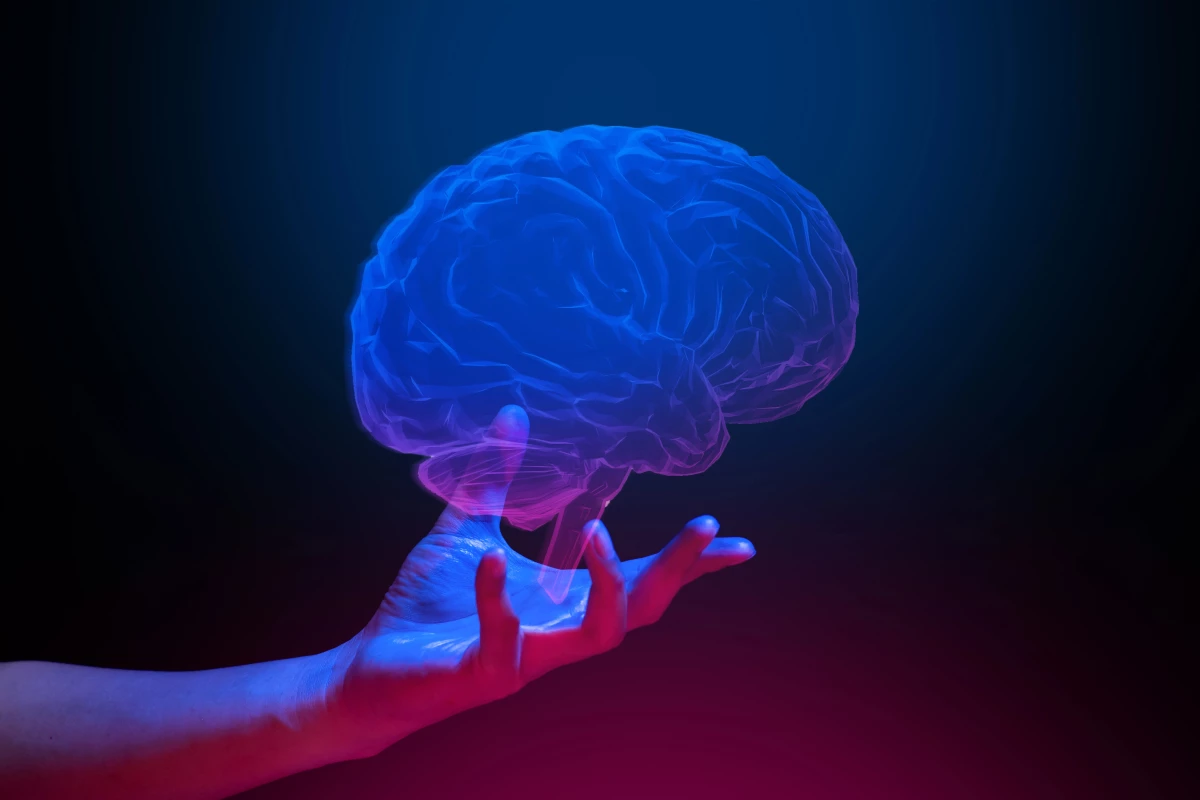Just a few days after scientists announced we're at a pivotal tipping point in Alzheimer's disease research, a team has made a huge breakthrough, proving for the first time how mitochondrial dysfunction fuels neurodegenerative symptoms. Through this, they created a precision tool that restored memory function in several dementia models.
Researchers from France's Inserm and the University of Bordeaux, along with a team at Canada's Université de Moncton, have for the first time identified a causal link between mitochondrial dysfunction and the debilitating symptoms that emerge and worsen in neurodegenerative diseases.
Mitochondria – the energy-generating organelles within cells – are vital for brain function, supplying the power (ATP) needed for everything from neurotransmitter release to maintaining the "standby charge" of neurons so they can fire when required. In many neurological conditions, from Alzheimer’s disease to psychiatric disorders, mitochondrial energy production is impaired. But until now, it hasn't been clearly understood if dysfunctional mitochondria has been a driver of neurodgenerative symptoms or simply "collateral damage" from the progression of disease.
“This work is the first to establish a cause-and-effect link between mitochondrial dysfunction and symptoms related to neurodegenerative diseases, suggesting that impaired mitochondrial activity could be at the origin of the onset of neuronal degeneration,” said Giovanni Marsicano, research director at Inserm and co-senior author.
Following earlier research, the team developed a precision tool that allowed them to boost mitochondrial output in living brains – and were able to use this to reverse memory impairment in different dementia models in mice.
The tool, known as mitoDREADD-Gs, is a “designer receptor” engineered to sit inside mitochondria membranes. When given a harmless, lab-made drug (clozapine-N-oxide, or CnO), it bound to the receptor and activated a signaling pathway, ramping up mitochondrial energy production. Unlike other drugs or gene therapies that act across entire cells or tissues, this targeted receptor switch has subcellular precision, leaving other parts of the cell untouched.
And, given the size of a cell, and mitochondria are within them, you can imagine the incredibly small scale the scientists are working at.
Mice were given THC, which is known to impair mitochondrial function and short-term memory. Then, when the mitoDREADD-Gs receptor in the mitochondrial membrane was activated, all signs of memory impairment was gone within hours. The team then tested the system on more challenging scenes – mice bred to model Alzheimer’s disease and frontotemporal dementia, two neurodegenerative conditions that have impaired mitochondrial function. And in both cases, a single ONC-dose activation of the mitoDREADD-Gs "switch" again saw the animals show significant improvement in memory, measured by behavioral tests.
When their engineered receptor was activated, in both cultured cells and mouse brain tissue, it instantly increased the organelle's membrane potential and oxygen consumption. Essentially, the membrane potential is the voltage difference across the inner membrane and the intermembrane space, which provides the charge that drives ATP synthesis – essentially the “battery” that powers energy production. And oxygen is required to run the molecular conveyor belt (the electron transport chain, or ETC) that moves electrons, so the more oxygen being consumed, the more efficiently this runs. These functions are two key markers of mitochondrial energy production.
"In vivo activation of mitoDREADD-Gs abolished memory alterations in cannabinoid-treated mice and in two mouse models of Alzheimer’s disease and frontotemporal dementia,” the researchers wrote.
The discovery finally pushes the science beyond association, showing causal proof that mitochondrial impairment actively drives cognitive symptoms, and that restoring energy production can quickly reverse them – and it still worked even amid other changes in the brain typical of neurodegenerative disease progression. This in itself is novel, because current therapies used on patients with advanced conditions can't "unlock" what's already been lost.
However, there are some obvious limitations. In mice, while activating mitoDREADD-Gs improved memory within hours, it wasn't permanent – once the CNO drug wore off, mitochondrial activity again declined – so alleviating these symptoms would require ongoing treatment.
And translating this to human brains is still a long way from reality. In mice, even when they have advanced diseases, they often don’t lose as many neurons as humans do – essentially, there are still enough connections there for the mitochondria boost to have an effect. Sadly, this is not the case in the human brain, which in late-stage dementia has already lost these circuits. In addition to this, the mitoDREADD-Gs tool requires genetic engineering to install and then activation with the designer CNO drug. Scientists can effectively place the precision tool in mice brain cells, but we don't yet have a safe and practical way to do it in humans with much larger and more complex organs.
However, these findings open up major avenues for scientists to unlock the role of mitochondria in other brain disorders with novel precision, and to investigate whether targeted mitochondrial stimulation could treat conditions marked by chronic energy impairment in the brain.
“These results will need to be extended, but they allow us to better understand the important role of mitochondria in the proper functioning of our brain,” said co-senior author Étienne Hébert Chatelain, a professor at the Université de Moncton and co-senior author of the study. “Ultimately, the tool we developed could help us identify the molecular and cellular mechanisms responsible for dementia and facilitate the development of effective therapeutic targets.”
The research was published in the journal Nature Neuroscience.
Source: Inserm via MedicalXpress





